To provide the best experiences, we use technologies like cookies to store and/or access device information. Consenting to these technologies will allow us to process data such as browsing behaviour or unique IDs on this site. Not consenting or withdrawing consent, may adversely affect certain features and functions.
The technical storage or access is strictly necessary for the legitimate purpose of enabling the use of a specific service explicitly requested by the subscriber or user, or for the sole purpose of carrying out the transmission of a communication over an electronic communications network.
The technical storage or access is necessary for the legitimate purpose of storing preferences that are not requested by the subscriber or user.
The technical storage or access that is used exclusively for statistical purposes.
The technical storage or access that is used exclusively for anonymous statistical purposes. Without a subpoena, voluntary compliance on the part of your Internet Service Provider, or additional records from a third party, information stored or retrieved for this purpose alone cannot usually be used to identify you.
The technical storage or access is required to create user profiles to send advertising, or to track the user on a website or across several websites for similar marketing purposes.

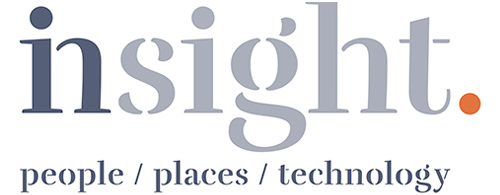
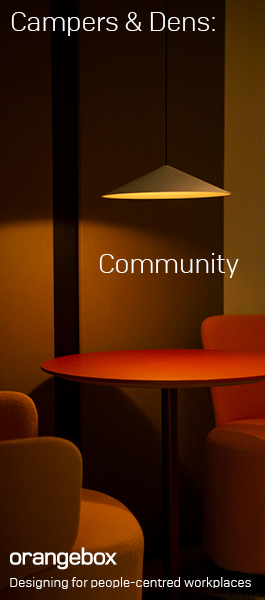


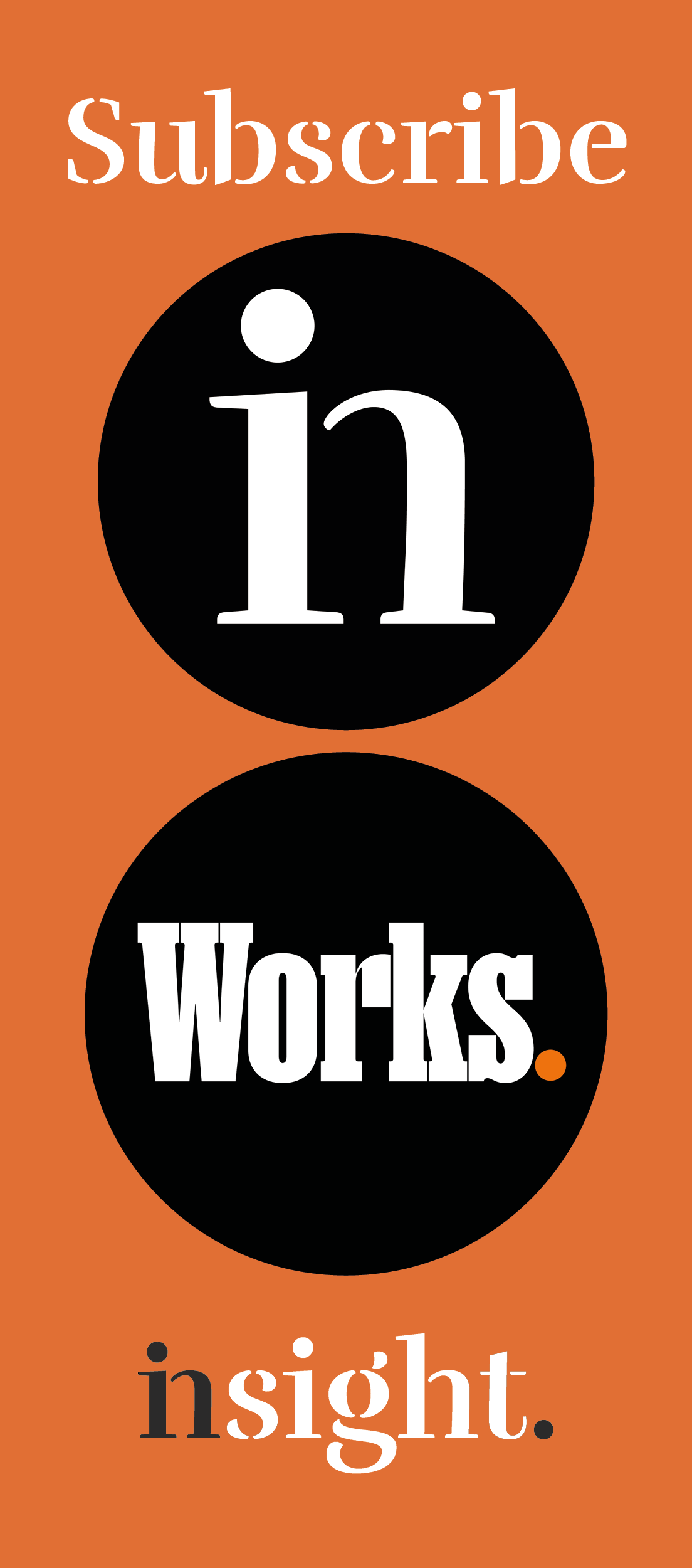
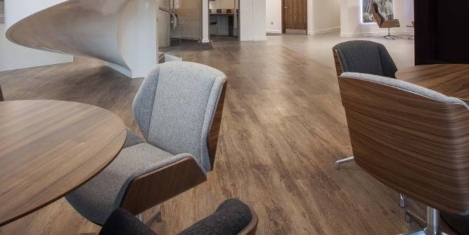

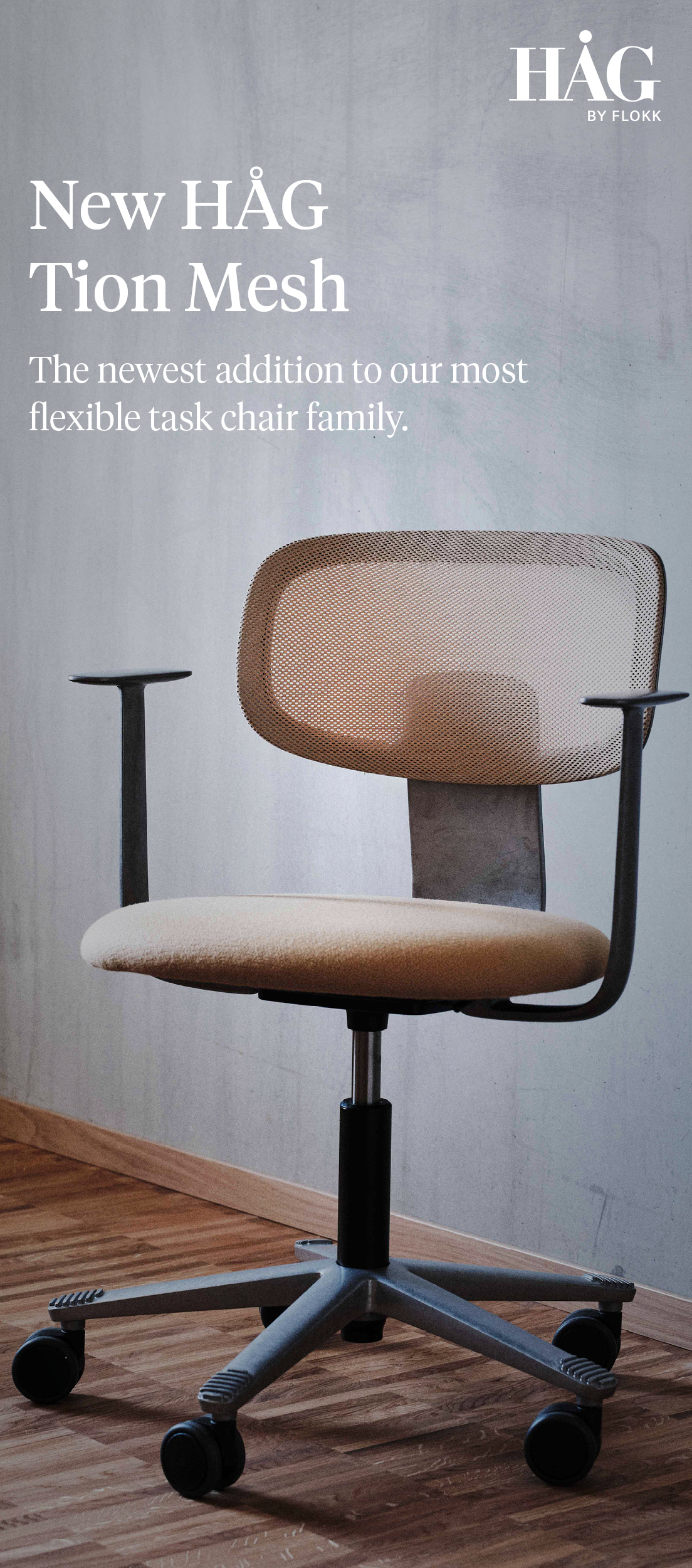



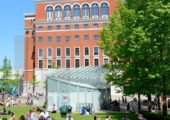


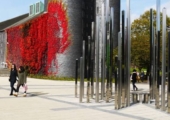

November 9, 2017
Review: ushering in a new era for the coworking phenomenon 0
by Paul Carder • Comment, Coworking, Technology, Work&Place, Workplace design
Ramon Suarez has produced a very practical book, based on his own experience as one of the pioneers of coworking. And let’s be clear – it is coworking (not “co-working”; there is no hyphen), as Suarez explains, “a coworker (a member of a coworking space) is not the same as a co-worker (somebody who happens to work for the same company or in your same office)”. On his business card, Suarez describes his role as “Serendipity Accelerator”- you will understand that if you read the book. Suarez differentiates coworking from its many (and mostly false) aliases. Shared offices may be collaborative, but do not provide the network of people found in a good coworking space. Networked offices, where more than one company shares space and may collaborate, “come close” to coworking. Hacker & Maker spaces, Accelerators, Incubators and Cafes are similarly differentiated.
(more…)